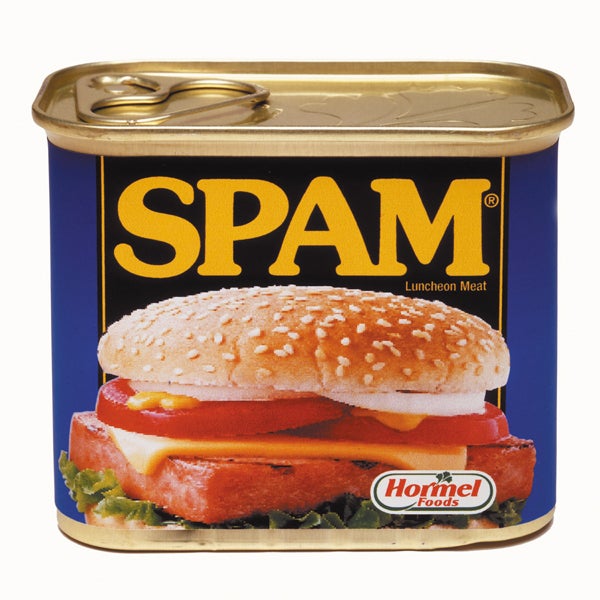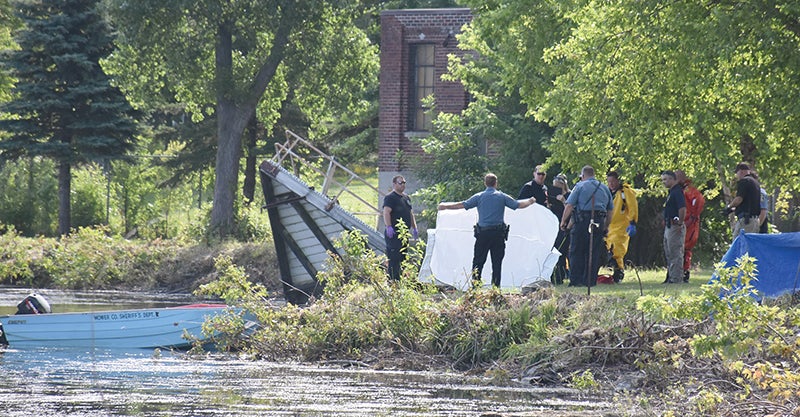Spam in space?
Published 5:34 am Friday, August 16, 2013

Hormel’s Spam was one of the foods a group of researchers in Hawaii used when during a four-month study to figure out what astronauts might eat on Mars and during deep-space missions. — Photo provided
Hormel’s canned meat used in Mars food study
HONOLULU — Six researchers have spent the past four months living in a small dome on a barren Hawaii lava field at an elevation of 8,000 feet, trying to figure out what foods astronauts might eat on Mars and during deep-space missions.
They emerged earlier this week with their recipes and without the space suits they were required to wear each time they ventured onto the northern slope of Mauna Loa — an active volcano that last erupted in 1984.
“It’s a moment I’m going to remember for the rest of my life,” said Oleg Abramov, a research space scientist at the U.S. Geological Survey Astrogeology branch in Flagstaff, Ariz. “Walking out … experiencing the sunshine and wind on our faces.”
The six researchers were selected by the University of Hawaii and Cornell University for the NASA-funded study to prepare meals from a list of dehydrated, preserved foods that are not perishable. They examined pre-prepared meals similar to what astronauts currently eat, and concocted meals themselves in an attempt to combat malnourishment and food boredom.
Members did their cooking in a two-story dome with small sleeping quarters, an exercise room and of course, a kitchen.
Team commander Angelo Vermeulen said Tuesday the problem with ingredients that aren’t perishable is they’re usually highly processed and lack fiber. He said he was impressed with how freeze dried products taste very similar to fresh produce.
But what is also important for future space missions is comfort food, he said. A favorite among the crew: Nutella, the chocolate-hazelnut spread. “It’s something we craved,” he said. “We had a limited supply so we had to ration it.”
The study, dubbed Hawaii Space Exploration Analog and Simulation, included an open call for recipes that involved a lot of Hormel Food Corp.’s Spam. The canned meat, popular in Hawaii households, was a common ingredient in suggested recipes because of its shelf-life, said Kim Binsted, a UH-Manoa associate professor who is an investigator on the study but didn’t live in the habitat.
The researchers prepared several dishes using Spam, including a Cajun jambalaya and a fried rice noodle dish.
She said Hawaii’s temperate weather and Mauna Loa’s geological features were a perfect setting for the study. The area is isolated, yet accessible, and has no visible plant or animal life.
“It looks like Mars,” she said.
Team members will spend several days in debriefings after they emerge from the dome. They’ll likely be disoriented from the experience, Binsted said, and they have requested a beach outing before returning to their regular lives.
“I’m not used to large crowds anymore,” said Vermeulen, a biologist, space researcher, filmmaker, visual artist, community organizer and author. “We need to get used to people again.”
One of the first things they did when they came out of the habitat was have a buffet breakfast. “They went straight to the fruits and vegetables,” Binsted said. “They seemed delighted to have fresh fruits and vegetables.”
It will take several months to process all the data gathered. Binsted hopes to present findings at the International Astronautical Congress later this year in Beijing.





